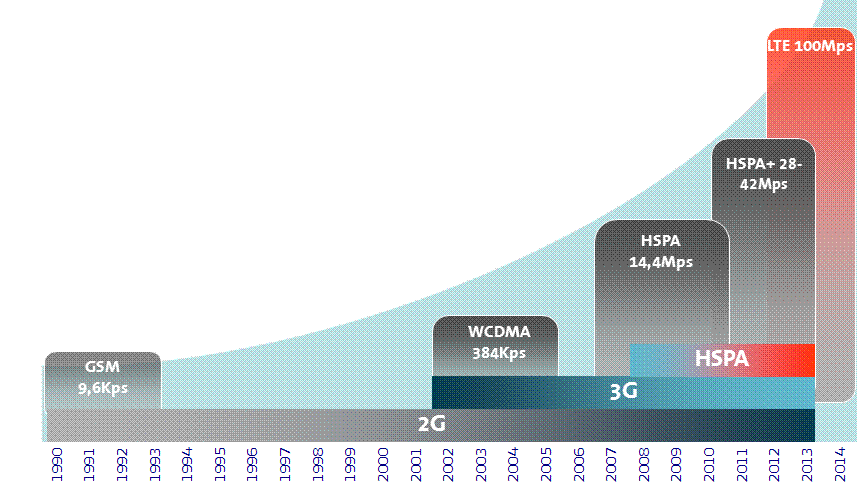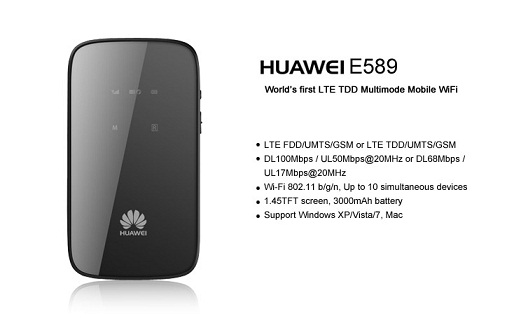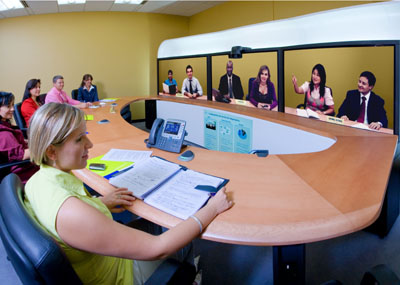Fast broadband is digital oxygen, essential for Europe’s prosperity, said Neelie Kroes, European Commissioner for Digital Agenda.
It’s already published in a paper by the European Commission. The strategy “Europe 2020 for smart, suitable and inclusive growth” states that broadband infrastructure for growth and jobs in Europe are essential. The digital dividend could be estimated that the European economic are gain an additional market value of 63 to 165 billion Euros.
Following the economic and financial crisis, the EU sees the expansion of fast Internet connection is one of the growth areas that will be important for the economic recovery of Europe. The cross-linking of the 27 EU member states has proved itself in the financial crisis. It also shows that no nation-state in Europe deal with problems and challenges alone.
Outwardly, the EU is more and more with one device. With the Treaty of Lisbon 2009, there is a European foreign minister who represents the interests of the EU in the world. With this strong external effect to the will of the EU must e accompanied by improved internal coordination.
Europe is to Fragmented
The temptation to lapse after the crisis in economic nationalism wants to counter the EU to the European growth on its feet by world. But a strong internal market is necessary. It exists at the moments, although legally, but EU companies and workers often reach practical limits it comes to act across national boundaries. While you have to struggle with a fragmented market in Europe, they can be competitors from the USA, and china, which rely on their large domestic markets.
The strategy paper of the European commission stresses the willingness of the EU to express to create an open service market. Through the implementation of the EU Services Guidelines, trade in private service could increase by 45% while direct investment increased by 25%, thus leading to a rise in GDP of between 0.5% and 1.5%. It is the strategy “Europe 2020”.
Smart Growth Thanks to Broadband Technology
The three pillars, which should be on the recovery of the European Economic Area, smart, sustainable and inclusive growth, include goals such as climate change and employment. Smart growth is also part of the digital society, which target the EU: initiative” A digital Agenda for Europe”.
The above-described internal market should be supported among others by the strong digital networking. For this purpose, the 800 MHz frequency band to be used in all EU countries for the development of mobile broadband connections. By 2013, all Europeans have access to broadband Internet. By 2020, every EU citizen can surf with at least 30Mbit/s. Half of Europeans should be able to go at this time of up to 100Mbit/s online.
To avoid interference, it is the will of the EU, the member states in the development closely. The Only way to ensure is that you can surf in Europe limitless. This is an important requirement for online services, which are offered as part of a single European market. To get closer to this goal, the EU aims to create improved conditions. These include the promotion of multi-territorial licenses, adequate protection and fair compensation for rights holders and active support for the digitization of Europe-s rich cultural heritage, as well as refinement of the global governance of the Internet — the strategy “Europe 2020”. Specially, the European investment Bank (EIB) increase loans, which it presents annually for the development of broadband available. Currently, there are two billion euros annually.


